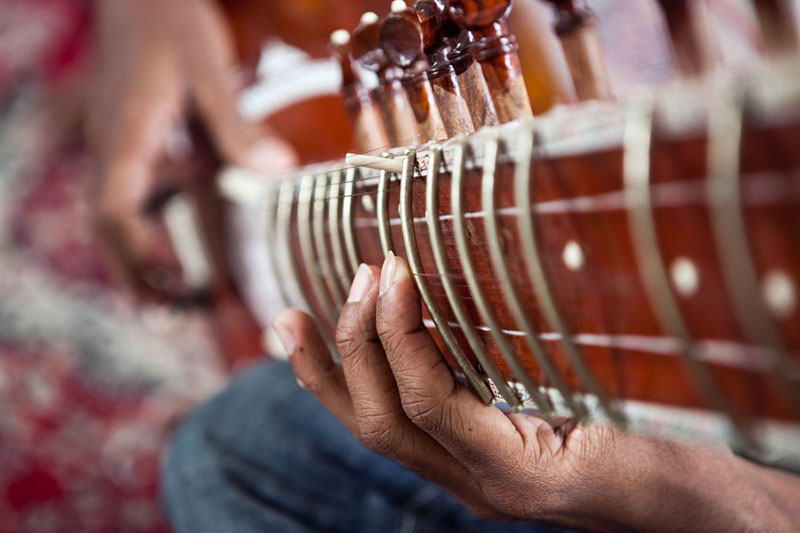Communicating Scripture in a Form That Resonates

“I knew missions was important and that I should get involved, but I couldn’t reconcile that with having a passion for music,” said Karen, who studied music in college. But discovering Wycliffe’s work in ethnomusicology brought missions and her love of music together.
Ethnomusicology involves the study of the music of different cultures. In Wycliffe’s context, it means helping people understand and use their own music to communicate either the Word of God or other principles that reflect his Kingdom. Wycliffe has expanded its commitment to include more than just music. EthnoArts recognizes that in many cultures music, storytelling, dance or drama may be woven together as a single art form.
“EthnoArts is meant to further the pace of Bible translation, focusing on helping people engage with God’s Word in a way that is most suitable for them,” said Karen. “We want people to have access to Scripture not just in [a language they clearly understand but in [a format they understand]. Art forms are just as culturally specific and carry as much meaning as language does.”
After earning her master’s degree in world arts at the Graduate Institute of Applied Linguistics in Dallas, Karen served as an arts specialist with the Esther Project. The project brings together women from different language groups who share a common trade or state language and trains them in the techniques of oral Bible storytelling.
The women spend a week together learning the stories, translating them into their language and then practicing the stories with the group. Karen led discussions that helped the women identify storytelling elements like sounds, costumes or singing within art forms specific to their culture, and encouraged them to incorporate these into the Bible stories to enhance communication of the message.
The women then went back to their communities and shared the stories in neighboring villages. Every month they returned for more of training in developing culturally specific ways of telling Bible stories.
Karen also received training in trauma healing techniques in her master’s program, and her supervisor asked her to incorporate some of those principles into her teaching. In many cultures, women are unheard and unable to speak about feelings and hurts. The principles Karen shared enabled the women to include techniques in their storytelling that could help others heal from personal trauma.
The Esther Project serves to pave the way for Bible translation work in cultures that are not easy for outside translators to access. People are hearing the Word of God from one of their own people in a language and format that resonates deeply within them.
“Art forms are much more culturally specific than we realize,” said Karen. “It is part of [someone’s] identity. It’s part of who God created them to be. What good is it to translate the Bible if the form itself puts up a barrier to them using it?”
Karen is confident God gave her a passion for music to use for his Kingdom. “Don’t limit God in what he can use. Whatever your skills and passions, there is likely someone asking for that to further the work of Bible translation.”
See why EthnoArts is critical for communities to engage with a newly translated Bible.



